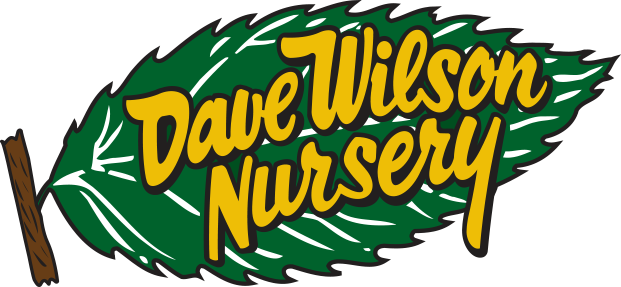For beginners: questions and answers about deciduous fruit-bearing trees, shrubs and vines: their selection, planting, care and harvest.
Note: in reading the Home Fruit Growing Q&A you will notice some of the same advice appearing again and again in response to different questions. These recommendations tend to be, in fact, the keys to successful fruit growing.
